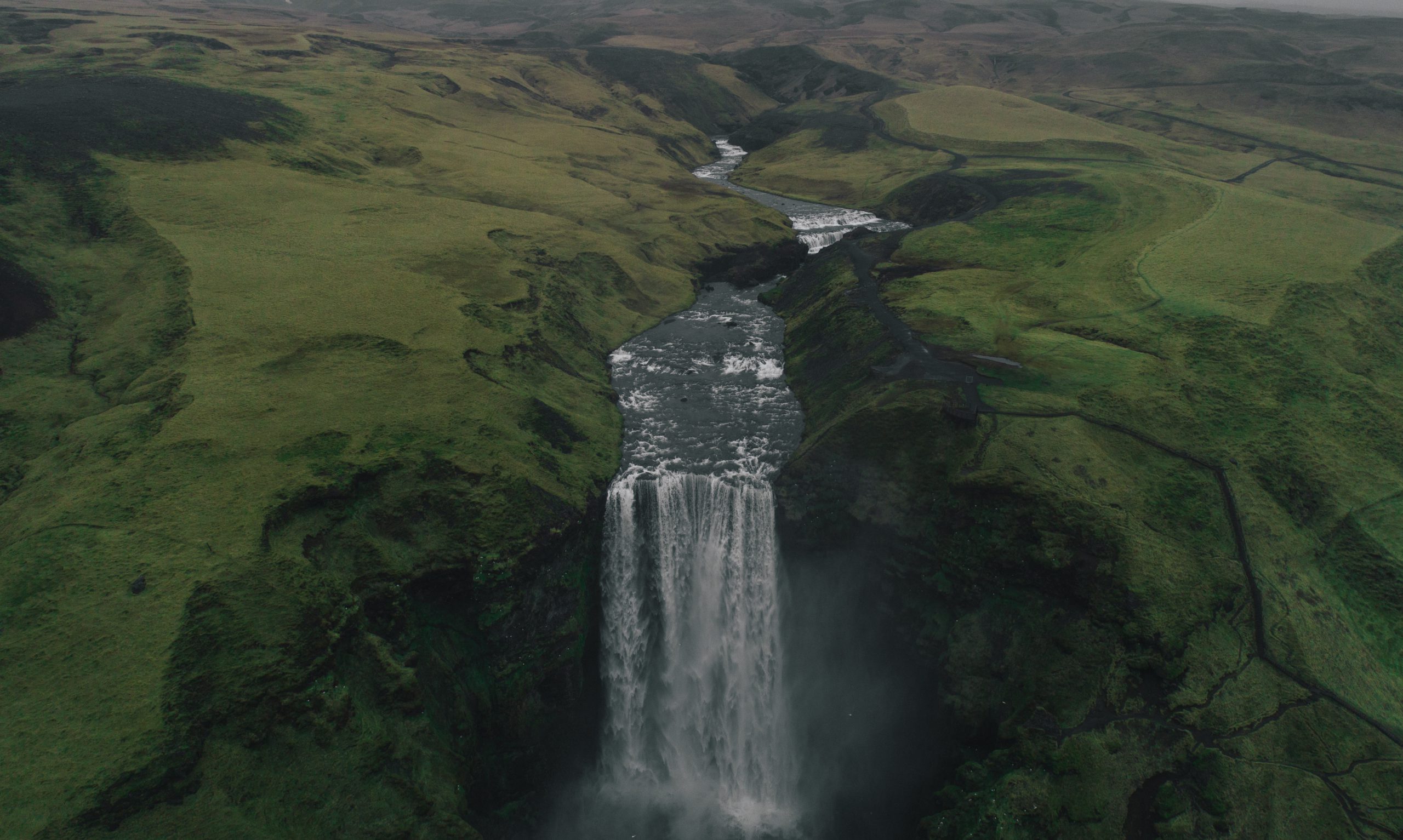
Oliver Wood, who died over the weekend at 80, was one of the most accomplished and inventive cinematographers of genre film and TV—the kind of artist whose name on a poster assured viewers that a movie was worth looking at, and would contain images that would be remembered even after plot details had been forgotten.
Although Wood shot all kinds of projects, including comedies (“Freaky Friday,” “Talledega Nights”), historical epics (the 2016 remake of “Ben-Hur”), and fantasies (“Fantastic Four,” “Morbius”), he was especially adept at crime dramas and action thrillers. He was the supervising cinematographer on three seasons of NBC’s “Miami Vice” and went on to shoot “Die Hard 2” and “The Adventures of Ford Fairlane,” released the same year, 1990, with the same director, Renny Harlin.
The second “Die Hard” was treated as mainly a cash-grab by critics, viewers, and the filmmakers themselves (“How can the same thing happen to the same guy twice?” asks returning hero John McClane), but its dynamic and often unconventional approach to filming action was singled out for compliments. Roger Ebert praised one of the many convincing depictions of a plane exploding (actually a scale model) as well as a moment where McClane ejects from the cockpit of another plane just before grenades detonate and destroy it: we see a high-angled shot of the hero being propelled into the air, his face yelling at the camera in closeup before he rotates away and begins his descent. “Not only is this shot sensationally effective in terms of the story,” Ebert wrote, “but as a visual it is exhilarating; I love it when a director finds a new way to show me something.”
From that point on, Wood alternated the blood-and-gunpowder spectaculars that were increasingly his mainstay (“Terminal Velocity,” “2 Days in the Valley,” “Face/Off,” “U-571,” “Two Guns” and “The Equalizer 2”) with the likes of “Mr. Holland’s Opus,” “Sister Act 2: Back in the Habit,” and “Step Brothers.”
For better or worse (depending on the moviegoer) Wood is most strongly associated with his work as director of photography on the first three Jason Bourne adventures (“The Bourne Identity,” “The Bourne Supremacy,” “The Bourne Ultimatum”). Fine-tuning a style that was already being used on certain TV dramas (notably “Homicide: Life on the Street” and “24”) the films were shot mostly handheld and with Steadicams (a body-mounted handheld camera), with quick-cut closeups, whipsaw pans, and sudden zooms. At that time, the look was more likely to be showcased in sports broadcasts, or news coverage from combat zones. But seeing it in a James Bond-ish context captured something that was obviously coalescing in the zeitgeist (9/11 had happened a year earlier, and now TV news was full of footage from occupied Afghanistan). “Bourne style” quickly became the default way to shoot action.
In a 2014 interview, cinematographer Robert Elswit talked about how the collaboration between Wood and the first Bourne film’s director, Doug Liman—as well as Paul Greengrass, who directed the sequels—“changed everything” in action cinema. “They made it so you couldn’t make a James Bond movie. All of a sudden you have a strange, European reality to a sort of a nervous, anxious camera.”
You can see Wood’s impact in everything from the “Taken” and “Crank” films to the science-fiction war movie “Battle Los Angeles” to Marvel and DC live-action superhero movies and the first couple of Daniel Craig-era James Bond films, which aimed for a Bourne-ish grittiness (the action scenes in “Quantum of Solace” were even directed by Dan Bradley, second unit director on the Bourne franchise).
Wood always preferred kinetic energy to prettiness, and carried this philosophy to extremes if the director encouraged it. In addition to serving as a DP on low- and mid-budget projects in the ’70s and early ’80s, Wood was a cameraman on William Friedkin’s 1985 cops-on-the-edge thriller “To Live and Die in L.A,” working for cinematographer Robby Muller. It was a down-and-dirty production that rarely did more than four takes of any given shot, and that sometimes rolled on rehearsals without telling the actors. As a DP, Wood seemed to enjoy staging action that forced the camera to get into the middle of things alongside the actors and stunt performers. The skydiving sequences in “Terminal Velocity” are the main (perhaps only) reason to see it. The camera rigs attached to parachuting actors, stuntpeople and camera operators would be employed in similar action scenes in other people’s projects, and for years afterward, you’d see “Terminal” skydiving footage being licensed for re-use in TV shows that couldn’t afford to shoot their own skydiving scenes. Many of the action scenes in “Ben-Hur,” including the chariot racing, contain shots taken with tiny GoPro cameras. They have the shuddering, flickery feeling of skateboarding or dash-cam videos.
Wood’s first job as cinematographer was 1969’s “The Honeymoon Killers,” a project originated by the young Martin Scorsese. According to Wood, Scorsese was fired after a week because he was shooting “wide master shots, too slowly, meticulously and expensively for the producers” and was replaced by the film’s writer, Leonard Kastle. To protect himself, Kastle, and the story, and get through the production fast, Wood tried to “cut the film in-camera” on the set—i.e., shoot only the pieces that were needed to edit together scenes in the way that the filmmakers had decided in advance that they wanted, and avoid shooting alternate angles and additional takes that producers could use as “options” to re-cut the movie their own way. Wood told journalist Robert Cashill in 1997 that when he watched “The Honeymoon Killers” again, decades after working on it, “I can see the cinematography crystallizing till it gets to a point where I say, ‘Ah, that’s me–that’s my style emerging.’”
Wood rose to the top of his trade in 1986 when Michael Mann, the executive producer of “Miami Vice,” hired him to be the supervising cinematographer on seasons three through five. “Vice” was shot all over South Florida, mainly in existing locations that had been chosen for their strong architectural personalities, but the world wasn’t supposed to look “real”—more like hyperreal or expressionistic. Mann wanted a neo-noir look that made the city’s lurid colors seem to shimmer. Wood delivered, framing and lighting Miami neighborhoods, commercial storefronts, and government buildings so that each seemed as if it could be either an art installation or a set from one of the 1960s neo-noirs that made Wood want to get into movie-making as a teenager back in England. (He started out as an assistant to John Boorman, who directed the classic “Point Blank,” and viewers continued to see Boorman’s influence on Wood’s framing and lighting.)
Wood was supposed to shoot Woo’s 1995 film “Broken Arrow” but was let go after he arrived at the first production meeting on crutches. He’d just broken an ankle working on another Renny Harlin production, the pirate adventure “Cutthroat Island.” Woo told him, “Maybe next time,” then actually did hire him for the next one, 1997’s body-swapping shoot-’em-up “Face/Off,” a career highlight for all involved. This was the first production Wood had worked on where the director insisted on having multiple cameras, some of them running at different speeds, covering every significant piece of action. Wood’s cinematography hero when he was younger was Raoul Coutard. Coutard shot a lot of the French New Wave classics with a single camera that had a bright light on top of it that bounced soft, even illumination up at the ceiling and over everything. But John Woo liked a harder edge for dramatic exchanges, and favored flamboyant excess in action scenes, so Wood got in tune with him, and he always tried to do with directors.
The peak of their teamwork is a shoot-out in a loft that was filmed with two mobile Steadicams operating simultaneously. A young boy witnesses the violence while his headphones sonically insulate him by playing “Somewhere Over the Rainbow.” Wood and Woo decided the boy would be filmed as if he were on a carousel: “We stood the boy on this large, square, glass table, and underlit him with strong, bright lights, so he looks like an angel, watching in wonder as these people explode all around him.” They talked about shooting a musical together. Wood was sad that it never happened because he’d never shot a musical and always wanted to do one, but looking over his filmography, you can see that he didn’t lack for projects that showcased bodies in motion.




